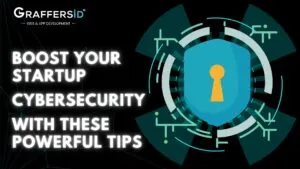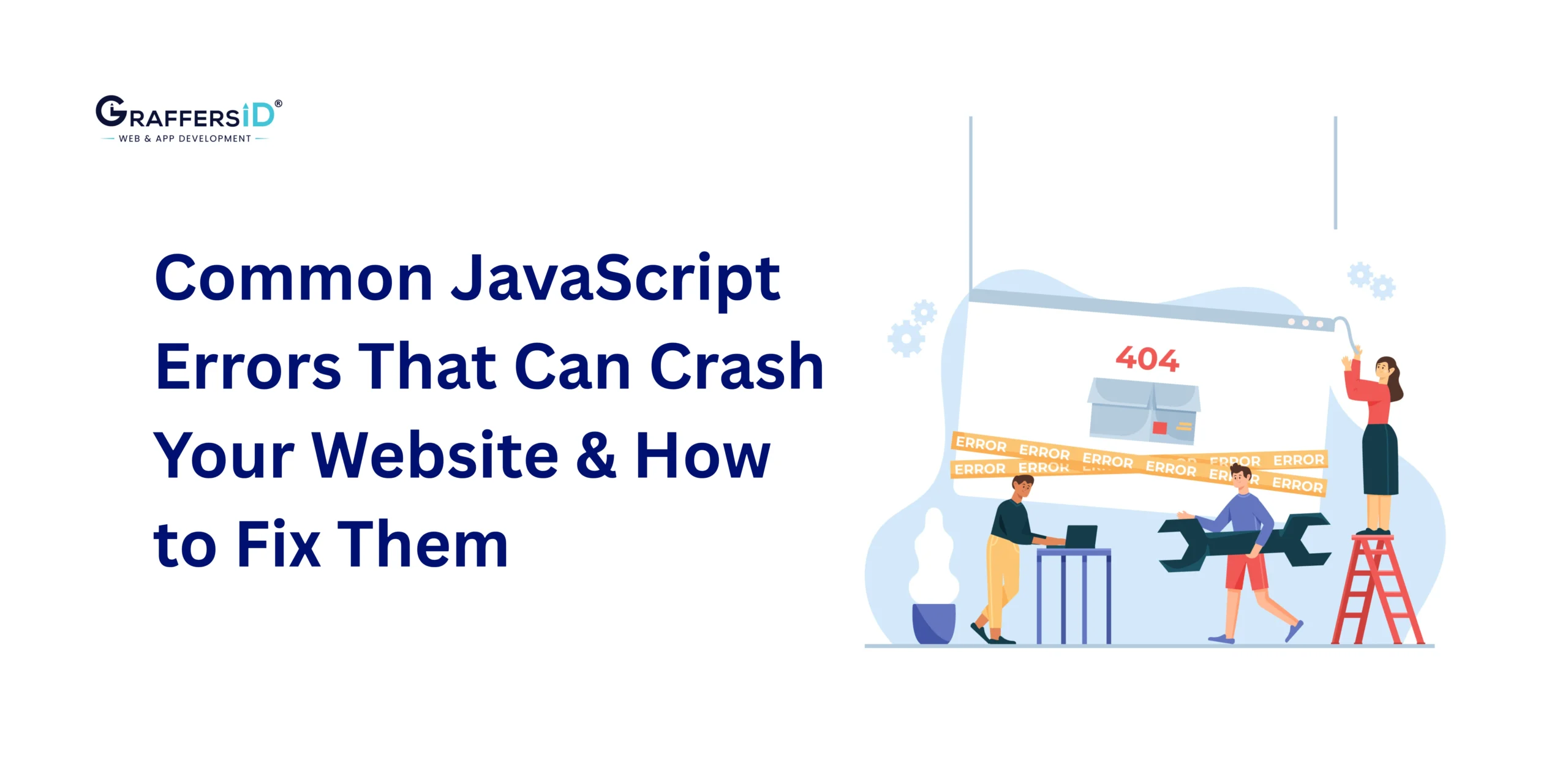Cyber incidents are increasingly on the rise, especially among emerging businesses. The limited finances, absence of strong structures, and relatively higher priority towards expansion rather than security make startups easy targets for cyber attacks. However, protecting sensitive data and customer confidence in your startup is a must.
We have included some easy and practical ways to upgrade your startup’s cybersecurity for as low as possible.
Prioritize Strong Password Policies
The use of weak passwords is one of the greatest delinquencies any organization can have. Make sure your team adheres to the proper password every time:
- Use complex passwords: Let your team use a mix of capital letters, small letters, digits, and symbols.
- Two-factor authentication (2FA): Enable two different methods of identification to access a particular page, app, or file. The effect of this is that there is an extra layer of security.
- Change passwords frequently: Frequent changes of passwords should be enforced to reduce vulnerability.
Pro Tip: I suggest looking up password managers like LastPass and Dashlane which are extremely helpful yet very secure.
Train Your Team in Cybersecurity Awareness
Employees are the first line of defense against any cyber-attacks. Make sure they know how to recognize and avoid such attacks.
- Offer ongoing education: Examples are training on social engineering, recognizing attempted infecting, and browsing effectively.
- Phishing exercises: Check the readiness of your team but also the areas that need improvement.
- Embrace security as a core value: Make the practice of cybersecurity a way of life within the organization.
Secure Your Network
When a network is breached, there could be grave repercussions. Therefore, protecting your network is very important, especially for your new company.
- Embrace the use of VPN: Encrypt your internet connection and safeguard all sensitive information while browsing.
- Install firewalls: To block out the bad traffic, install strong firewalls.
- Keep track of network usage: Monitoring considered normal activity can help in thwarting possible breaches.
Read Also: Data Privacy in the Digital Age
Keep Your Software Up-to-Date
As noted, the earlier-mentioned attacks are usually initiated from the network’s marked gateways.
- Allow for automatic updating downloads: This ensures that all programs, extensions, and operating systems are up to date.
- Dangling software must also be removed: The software that has become outdated can bring serious threats, so make sure to remove it.
- Address software weaknesses as soon as seen: Ensure to keep up with the software threats and fix them as soon as they come.
Backup Your Data Regularly
It is always distressing to lose data, but it is better to know that there are backups to help in such situations.
- Adhere to the 3-2-1 rule: Have a minimum of three copies of the data, have two of them on different media, and one of them in another location.
- Store files in the cloud: Most reputable cloud service providers such as AWS, Azure, and Google Cloud have heavy security measures in place.
- Inspect your restorations: Ensure that every so often the information that was backed up is both intact and accessible.
Limit Access to Sensitive Information
Not all employees should have access to all the information. So to reduce the level of risks, apply appropriate measures.
- Implement least privilege access: Only information needed by the employees in executing their functions should be accessed by them.
- Implement role-based access control (RBAC): The role will determine the permissions given.
- Track the access records: Know who accessed what private information and at what time.
Deploy Antivirus and Anti-Malware Software
Undo viruses and malware to your systems with the use of effective software.
- Go for all-in-one solutions: Choose antivirus software that includes a real-time scanner, a threat detection shield, and system updates.
- Resume routine work: Conduct regular checks on all systems.
- Inform the Staff: Make sure they understand what type of things can be categorized as malware ‘engagement,’ for example, clicks on links or downloads.
Read Also: Web Development: Best ways to secure your Business
Prepare for Incident Response
While every effort is made to terminate a threat, it is still likely to be successful. Keeping in mind the facts can help reduce the extent of the loss.
- Assure incident response protocol: Draw up a contingency response policy with a description of the actions to be taken when a cyberattack occurs.
- Provide the Resp team with developed scenarios: Rotating duties for incidents management following the incidents response.
- Practice: Assess the execution of your order under various circumstances.
Protect Your Website
For entrepreneurs engaged in business on the internet, protecting a business website is of the essence.
- Use Optimization Of Several SSL Certificates Over Standard One: Create a secure connection between the website and the users.
- Employ safe web host services: Go with a provider that has enhanced cybersecurity defense mechanisms.
Check for Exploits: Check for things such as old or out-of-date plugins and unsecured admin sections.
Stay Compliant with Regulations
Making efforts to obey the laws protecting the information of the people does not only help in avoiding trouble with the law but also enhances the confidence of the people towards your services.
- Learn about the laws surrounding your operation: Understand other laws like the GDPR, CCPA, or even HIPAA that will impact you depending on the location or line of business.
- Enforce Data Protection Policies: Ensure that the purposes for which customer information is collected, categorized, kept, and utilized are clear.
- Perform regular checks on your strategies: Evaluate the effectiveness of the policies on data protection that you have in place every so often.
Leverage Cyber Insurance
Though it might come across as an unnecessary cost, cyber coverage can help your young enterprise avoid incurring considerable expenses.
- Assess policy options: Select a plan appropriate for your business requirements.
- Be aware of coverage gaps: Understand what is included, and what is not.
- Use with other strategies: Insurance is a backup plan and cannot replace the need for effective cybersecurity systems.
Partner with Experts
you may wish to think about getting assistance from experts. Cybersecurity management can feel like an enormous amount of work.
- Hire managed security service providers: These service providers will deliver around-the-clock advanced monitoring as well as threat detection.
- Engage with cybersecurity specialists: Benefit from valuable business-related recommendations.
- Delegate certain duties: Give responsibilities for penetration assessments, security audits, and the like to professionals.
Conclusion
A correct understanding of the significance of cybersecurity is crucial because it is not an option for companies but a requirement for any startup today. Following these effective pointers will help you keep the threats at bay for your startup, keep the faith of the consumers intact, and help with expansion without any fears.
Lastly, do not forget that security is not a one-time affair. Keep learning, get the best solutions, and promote security within the organization. It is key to the accomplishment of your startup.
Are you ready to step up your cybersecurity game? Whether it’s the topic of discussion or the document, start using these suggestions right now!
GraffersID provides you with the ultimate solution for your IT needs. NO FREELANCES, NO PORTAL a complete IN-House Team of Developers to help you excel in your business. Check out our Security Compliance employing optimal strategies to prioritize data security and to maintain complete confidentiality. Hire developers from GraffersID and scale your business to the next level.





